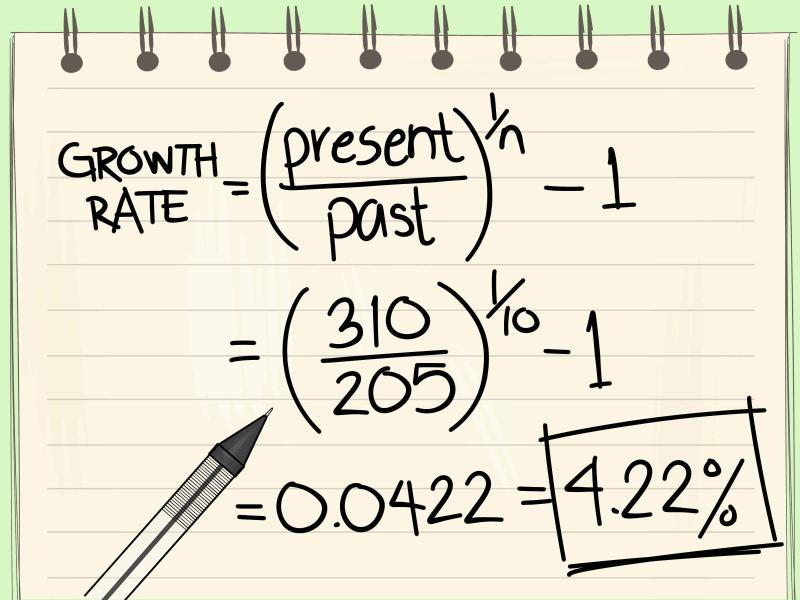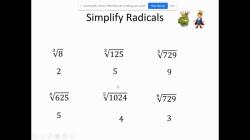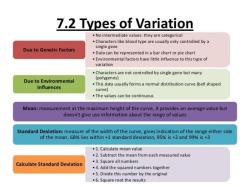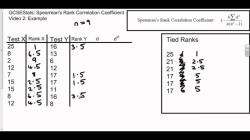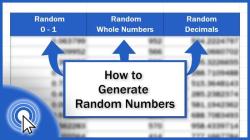How to calculate percentage?
Calculating percentages involves expressing a part of a whole as a fraction of 100. The percentage formula is as follows:
Here's a step-by-step guide on how to calculate a percentage:
Identify the Part and the Whole:
- The "Part" is the portion or amount you want to find the percentage of, and the "Whole" is the complete or total quantity.
Use the Formula:
- Plug the values into the percentage formula:
Perform the Calculation:
Divide the Part by the Whole, then multiply the result by 100 to get the percentage.
For example, if you have a part of 20 out of a whole of 50:
Interpret the Result:
- The result represents the percentage of the whole that the part comprises. In the example above, 20 is 40% of 50.
Here are a few additional tips:
To find the part when you know the whole and the percentage, rearrange the formula:
To find the whole when you know the part and the percentage:
Keep track of units to ensure consistent calculations. If the part and the whole have the same units, the units will cancel out in the division.
These steps apply to various scenarios, such as calculating discounts, markups, test scores, or any situation where you need to express a part of a whole as a percentage.
Steps to calculate percentages
Identify the part and the whole. The part is the value that you want to express as a percentage of the whole. The whole is the total value to which the part belongs.
Divide the part by the whole. This will give you a decimal number.
Multiply the decimal by 100. This will convert the decimal to a percentage.
For example, if you want to know what percentage of 20 is out of 100, you would follow these steps:
Identify the part and the whole. The part is 20 and the whole is 100.
Divide the part by the whole. 20 ÷ 100 = 0.2
Multiply the decimal by 100. 0.2 × 100 = 20
Therefore, 20 is 20% of 100.
How to perform percentage calculations effectively
There are a few things to keep in mind when performing percentage calculations:
Make sure you understand the question. Before you start calculating, make sure you understand what the question is asking for. This will help you to identify the part and the whole.
Use a calculator. A calculator can make it easier to perform percentage calculations.
Round your answer to the nearest whole percentage. It is not always necessary to express your answer in decimal form. Rounding to the nearest whole percentage is usually sufficient.
Are there different methods or formulas for calculating percentages?
Yes, there are a few different methods or formulas for calculating percentages. The most common method is the one that was described above. However, there are a few other methods that you may find useful.
- The proportion method: This method is based on the proportion 1 is to 100 as the part is to the whole. For example, to find what percentage of 20 is out of 100, you would set up the following proportion:
1/100 = 20/x
where x is the percentage you are trying to find. Solving for x, you get:
x = 20 × 100
x = 2000
Therefore, 20 is 2000% of 100.
- The fraction method: This method is based on the fact that a percentage can be expressed as a fraction with a denominator of 100. For example, 20% can be expressed as 20/100. To find what percentage of 20 is out of 100, you would set up the following fraction:
20/100 = x/100
where x is the percentage you are trying to find. Solving for x, you get:
x = 20
Therefore, 20 is 20% of 100.
I hope this helps!
